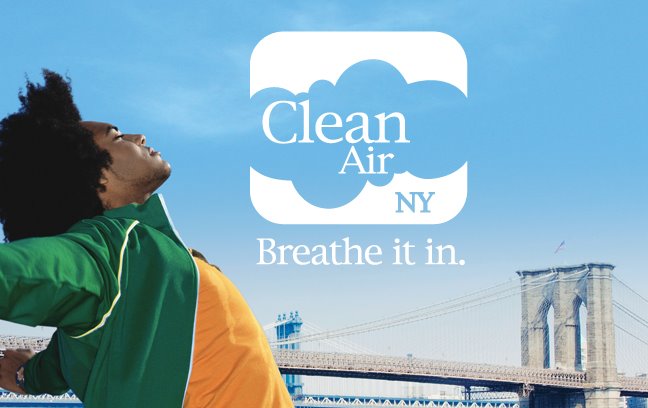image by acameronhuff used under Creative Commons license
Reducing air pollution and improving air quality have been on the agenda for our political parties in the United States for decades. In honor of Presidents’ Day, here are some presidents who have made significant contributions to cleaner air.
President Theodore Roosevelt, often cited as the father of the modern environmental movement, made protecting our planet and its resources a critical objective of his presidency. He was able set aside 150 million acres of timberland as public domains with the the Forest Reserve Act of 1891. This is a crucial resource for converting air pollution back into oxygen for us to breathe.
President Richard Nixon signed the Clean Air Act of 1970, which was the first environmental law to incorporate a provision for citizen suits and the first piece of legislation to use the term “Clean Air.” In this way, our own program honors this law. For more information about the Clean Air Act and other federal air quality regulations, check out the blog we wrote about it last year.
Jimmy Carter, our 39th president, was the first to introduce regulations for Corporate Average Fuel Economy (CAFE). These regulations help improve air quality by requiring manufacturers to incorporate better fuel efficiency in their cars and light trucks. CAFE compares a vehicle’s “footprint,” which is a measurement of its size based on its wheelbase and average track width, to how many miles it gets per gallon of fuel. Larger vehicles are permitted to get fewer miles per gallon, but if any vehicle doesn’t achieve the minimum fuel efficiency allowed under the CAFE regulations its manufacturer will have to pay a penalty.
When signing the Air Quality Act of 1967, President Lyndon Johnson said, “Contaminated air began in this country as a big-city problem. But in just a few years, the gray pall of pollution has spread throughout the Nation.” He also said, “[The Air Quality Act of 1967] will help our States to control the number one source of pollution--our automobiles.” Fast forward to 2012, automobiles are still a prominent source of air pollution today, especially in the New York metro area. One solution for addressing the pollution caused by automobiles is to use alternate transportation, such as mass transit, carpooling and bicycling, whenever possible. Doing so goes a long way toward reducing pollution in the region!




Thanks for the valuable information.
ReplyDeleteKeep posting.
Air Testing Montreal